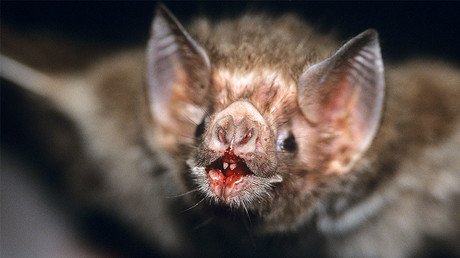'Vampire’ mice eating adult albatrosses alive (GRAPHIC PHOTOS, VIDEOS)
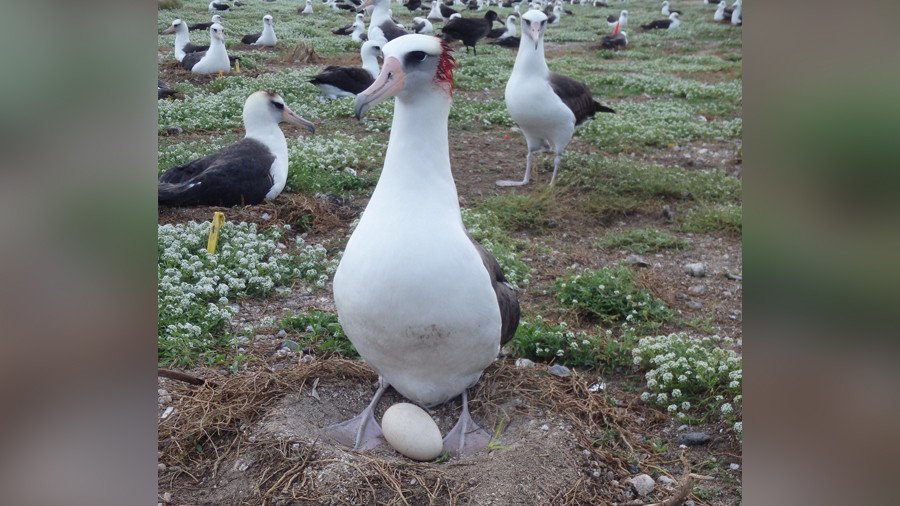
The largest albatross colony in the world is under attack by bloodthirsty mice. Thousands of the birds have died in the last three years alone and many more have been left severely injured after the attacks.
“This was something we had never expected to occur. Mice preying on adult albatrosses simply hasn’t been recorded here,” said Matt Brown, Superintendent for the US Fish and Wildlife Service (USFWS) in Papahānaumokuākea Marine National Monument, in a press release. “It has the potential to cause an incredible amount of damage to this colony.” RT.com has contacted the USFWS for additional information.
WARNING: Some readers may find these images disturbing.
The USFWS is proposing purging the bloodthirsty mice, who climb on the backs of the nesting birds and eat them alive, from Midway Atoll to preserve the nesting ground and allow the seabird populations to recover. The plan is to use a combination of baited rodenticide pellets dropped from helicopters and mechanical traps deployed on the ground.
The Papahānaumokuākea Marine National Monument, located roughly 2100km (1300 miles) northwest of Honolulu, supports more than 3 million birds from 30 species and is a major breeding ground for black-footed albatross (Phoebastria nigripes) and Laysan albatross (Phoebastria immutabilis).
READ MORE: ‘Million Dollar’ mouse hunt: NZ Navy & govt minister go after rodents in subantarctic
Invasive house mice and black rats came to Midway Atoll’s Sand Island over 75 years ago. Black rats were eradicated in 1996 but the non-native house mice persist. Biologists do not understand what caused the mice to begin attacking the nesting birds on the island. The mice are omnivores but there were no documented cases of attacks on adult albatrosses before 2015.
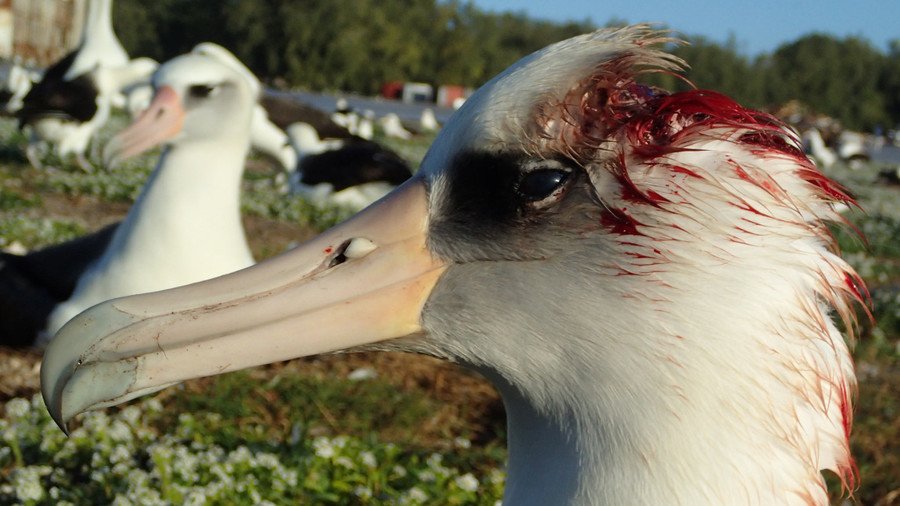
“The mice were looking for sources of liquid, moisture, so actually drinking blood,” Brad Keitt, director of the oceans and islands program with the American Bird Conservancy, told The Washington Post. “The risk that they know is to their egg or chick that they’re sitting on. They want to stay there and protect it. That’s their ecological evolutionary response. It’s not to run away. But a mouse that learns to quickly run up the back and hang out right there, the bird can’t do anything about it.”
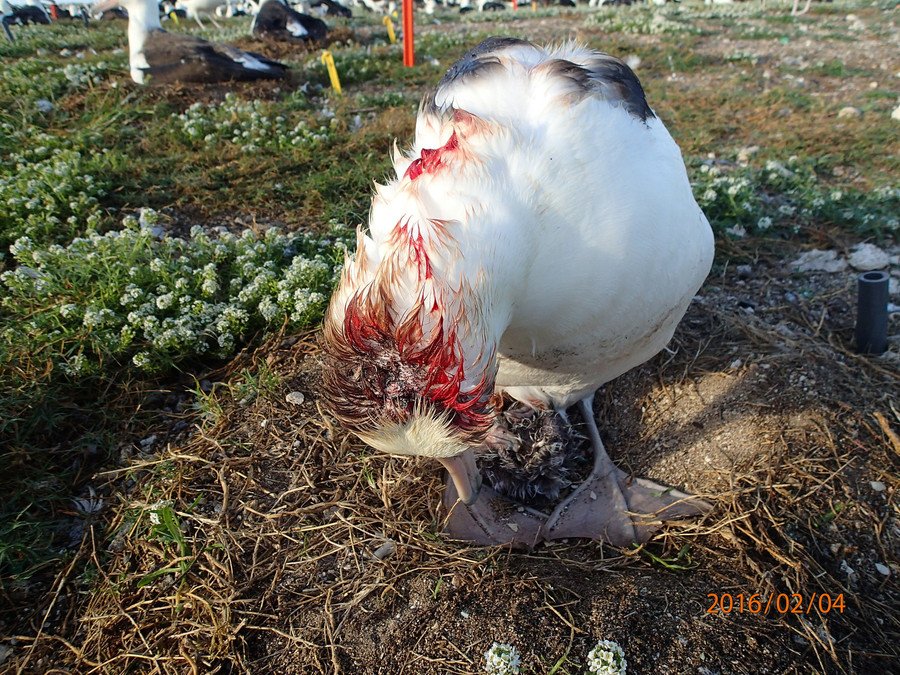
In addition, the house mice outbreed the comparatively slow albatross pairs, who produce only one egg every one to two years. The value of adult albatrosses is so high that each death can dramatically impact the overall colony for decades. Mice “can potentially reproduce and have several hundred offspring and grandchildren in the period of a year,” Keitt said.
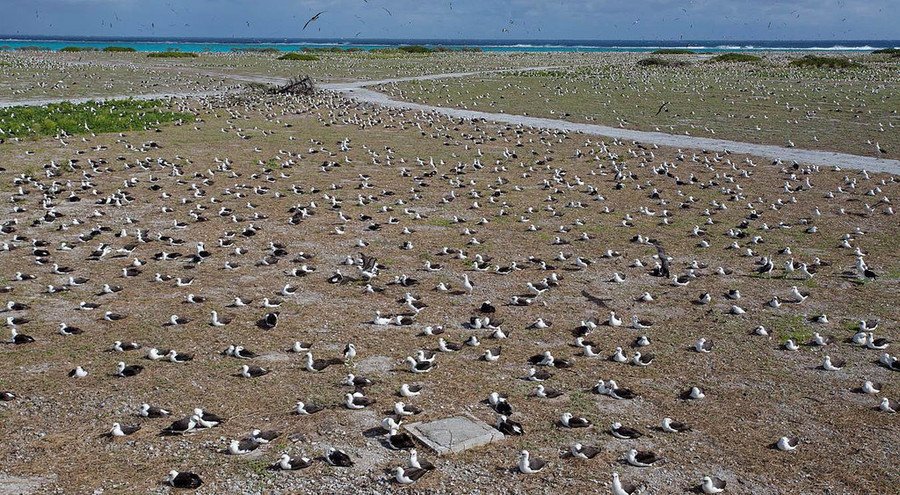
The majority of seabird extinctions in documented history have been caused by invasive rodents. "Pacific seabirds like the albatross evolved without any fear or defense mechanisms against mammalian predators like mice, rats, cats, dogs, or humans," according to the USFWS.
Think your friends would be interested? Share this story!













